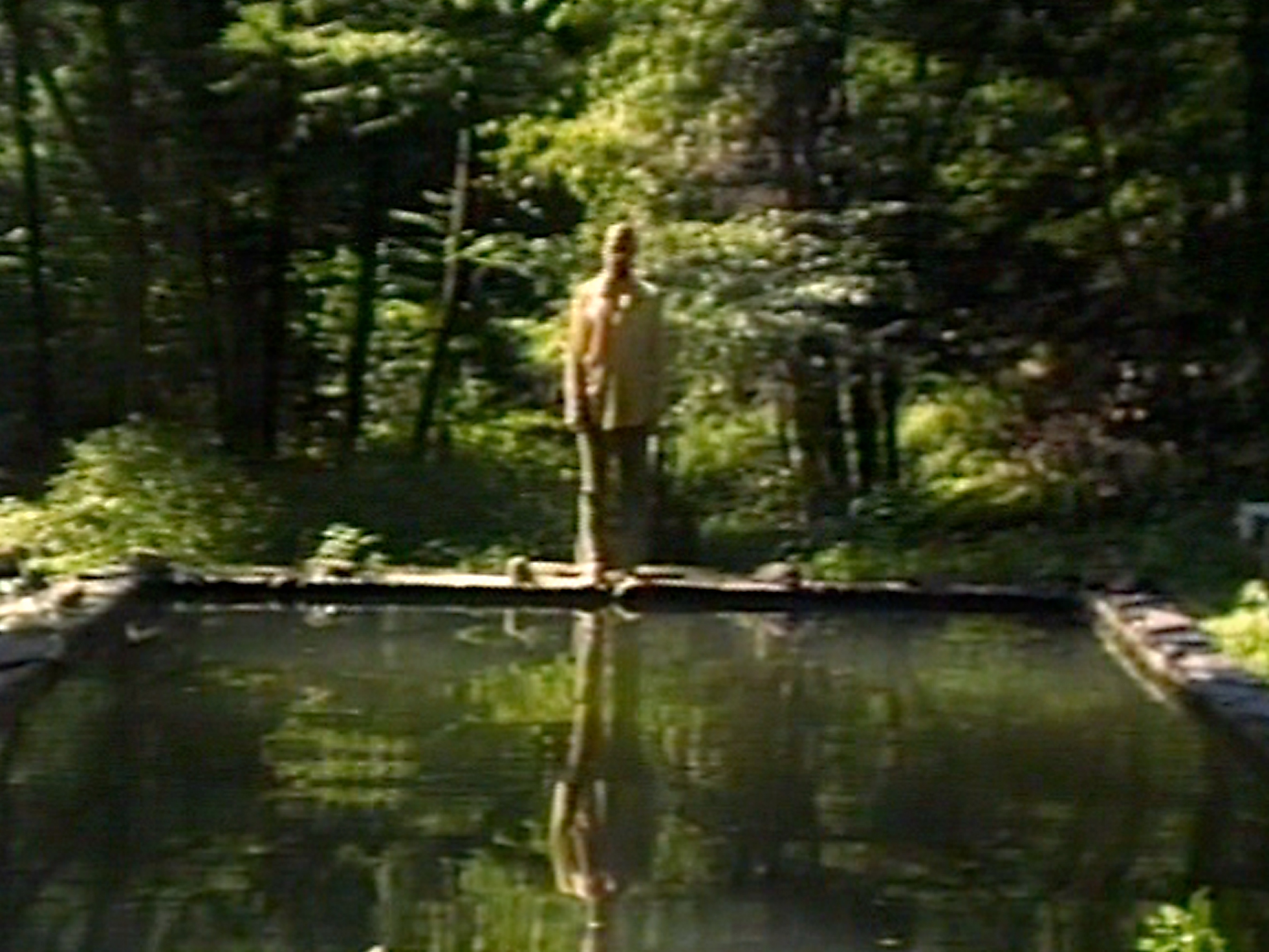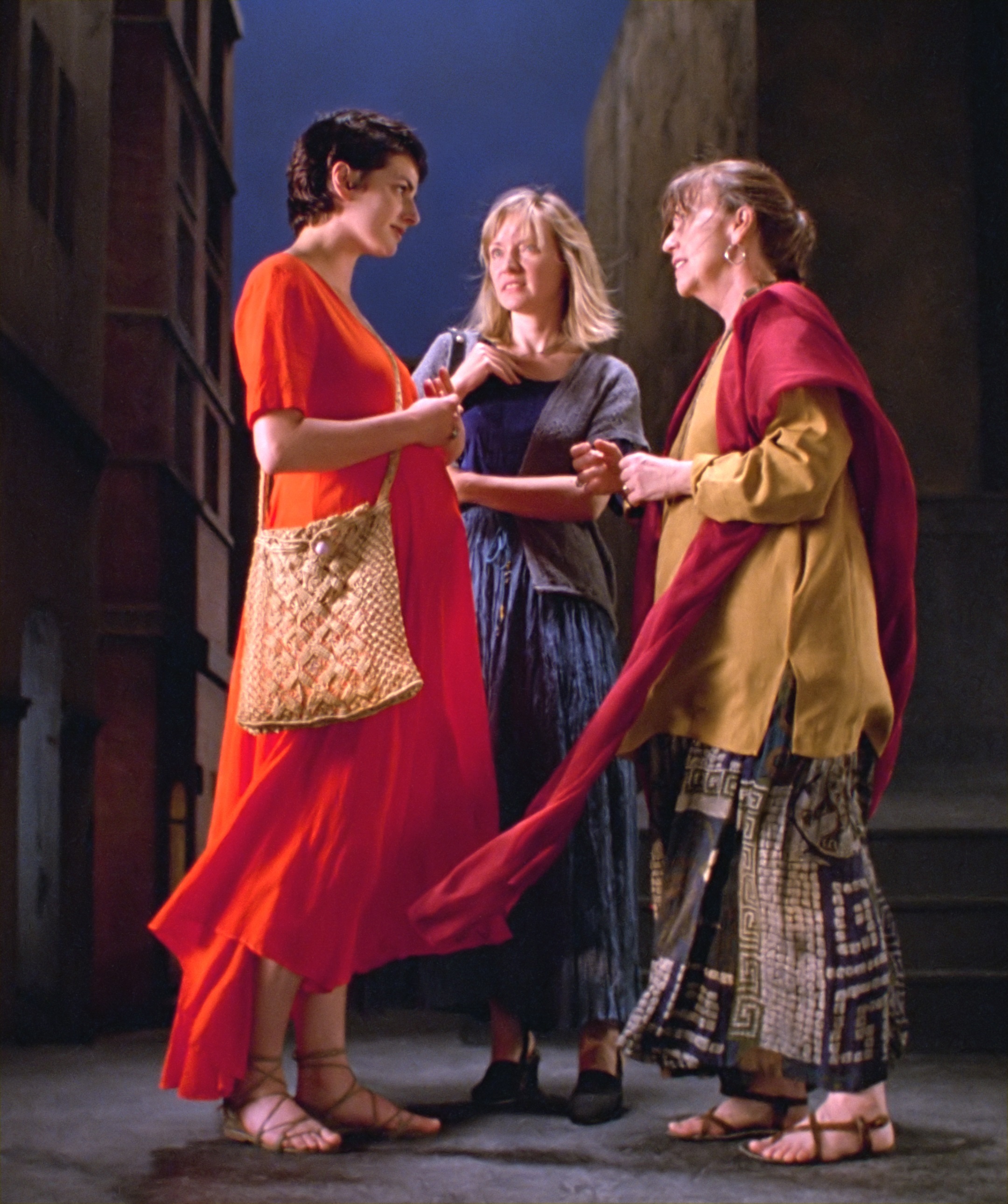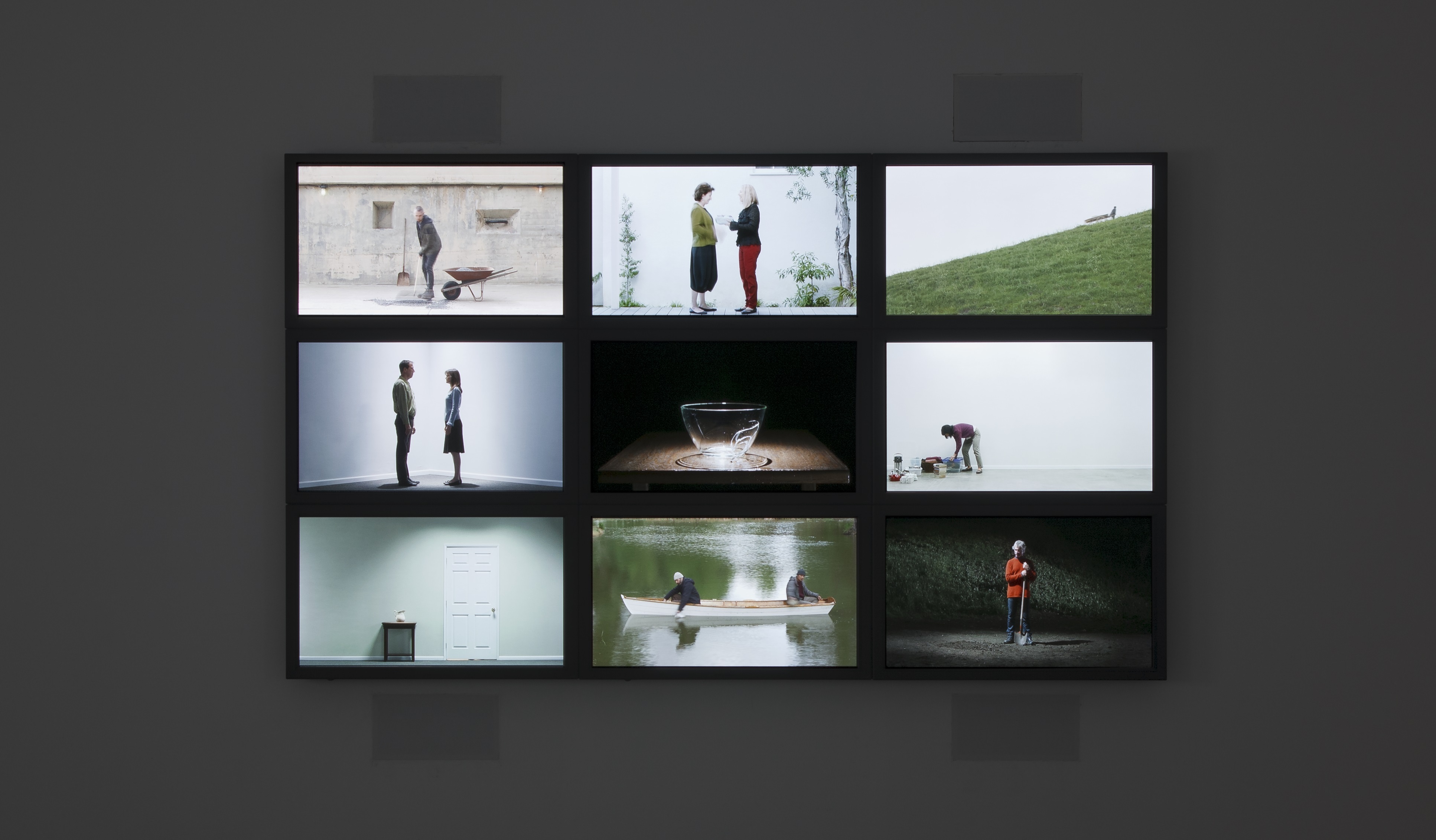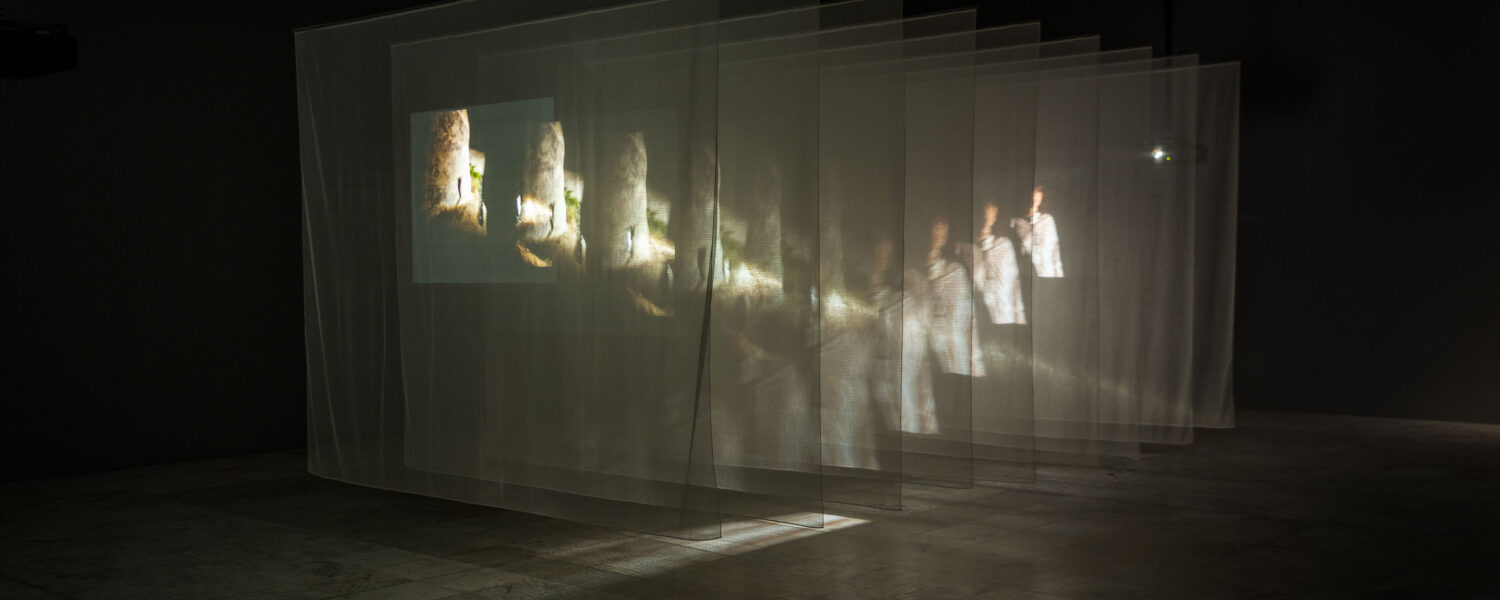Bill Viola
Into the Light
Installations and video works 1976-2013
The American artist Bill Viola (b. 1951) has worked with video for almost half a century. Since the early 1970s he has explored the medium’s technical and aesthetic possibilities. Using advanced audio-visual technology, he creates video installations that create for the viewer a total experience. The works have philosophical and psychological themes and often include spiritual undertones and references to art history.
Bill Viola’s artistic practice is closely linked with the video medium’s development. He studied art at the University of Syracuse in New York State and took courses in video production and electronic music. By the late 1960s, the first hand-held video cameras for home use had come on the market. At a time when the experimental art scene was characterised by an interdisciplinary approach, artists also began exploring new art forms such as performance and happenings and were quick to delve into video. Several artists also embraced the possibilities the video medium gave them to communicate directly with a large and varied public, among other ways, through the weekly programmes for video art that were televised on the Public Broadcasting Service (PBS).

Bill Viola, The Reflecting Pool, 1977–9. Color videotape. Photo: Kira Perov © Bill Viola Studio
Like many video artists, Bill Viola’s early career was characterised by exploring the possibilities and limitations of video. He pointed the camera towards himself and experimented with effects such as mirroring, reversing, fading and overlapping images as well as manipulating time. The work The Reflecting Pool (1977–9) builds on such technical strategies at the same time as it represents a shift in content, towards spiritual and transcendental themes.
Sound is an important and meaningful element for Bill Viola. Early on, he began working with interactive sound installations, made field recordings and joined Rainforest Ensemble, which was directed by the avant-garde pianist and composer David Tudor. This group created electronic and electro-acoustic music and gave live performances.
In the mid-1970s, Bill Viola became technical director for the newly-established video studio art/tapes/22 in Florence. While there, he met several artists who eventually became central to the field of video art. In Florence he also gained first-hand experience of Renaissance art and architecture and became aware of the richly resonant acoustics of churches and art’s relationship to the structure of the space.
In the 1990s, Viola started working with classic subjects from art history, particularly motifs from medieval and Renaissance art, in video installations such as The Greeting (1995) and the later works Catherine’s Room (2001) and Man Searching for Immortality / Woman Searching for Eternity (2013). In 2005 he collaborated with Peter Sellars and Esa-Pekka Salonen on a new production of Richard Wagner’s 1859 opera Tristan und Isolde. From this four-hour long video, he produced a series of monumental installations, including Tristan’s Ascension (The Sound of a Mountain under a Waterfall) and Fire Woman, which are on view in the exhibition.

Bill Viola’s art draws inspiration from a rich archive of visual and written sources. His interest in mythology, Christian mysticism, Islamic Sufism and Buddhism comes to expression in several works. The flat-screen-based work Four Hands (2001) depicts four generations of hands forming gestures based on Buddhist mudra and English chirologia illustrations. In Chapel of Frustrated Actions and Futile Gestures (2013), repetitive human patterns of action are linked to the Greek myth of Sisyphus.

Stavanger Art Museum has had the pleasure of presenting two video installations by Bill Viola as part of its permanent collection since 2012 and 2017 respectively. In this exhibition, we want to expand the public’s experience and understanding of his art and create a wider context for the two works in the collection. The exhibition title ‘Into the Light’ links together spiritual references, the importance of light for the video projection, the artist’s use of light sources and modelling of his subjects with light and shadow. We also interpret it as an invitation to viewers, who play a central role in Viola’s art, to immerse themselves in a personal experience that helps them look inward. The exhibition, which is the artist’s first larger solo show in Norway, features 12 video installations in addition to a rich videotape programme of older single-channel works that will be shown in the museum’s auditorium.
VIDEOTAPE PROGRAMME
Four videotape programs are on view in the museum auditorium.
Videotape program and screening schedule.
Please note that the program is extended accoding to the summer opening hours. This means that the program on Mondays will follow the schedule for Wednesday and that Program 3 is screened additionally on Monday, Tuesday, Wednesday and Friday at 3 pm, and Sunday at 4 pm.
Ingress photo: Bill Viola, The Veiling, 1995. Photo: Markus Johansson/BITMAP

